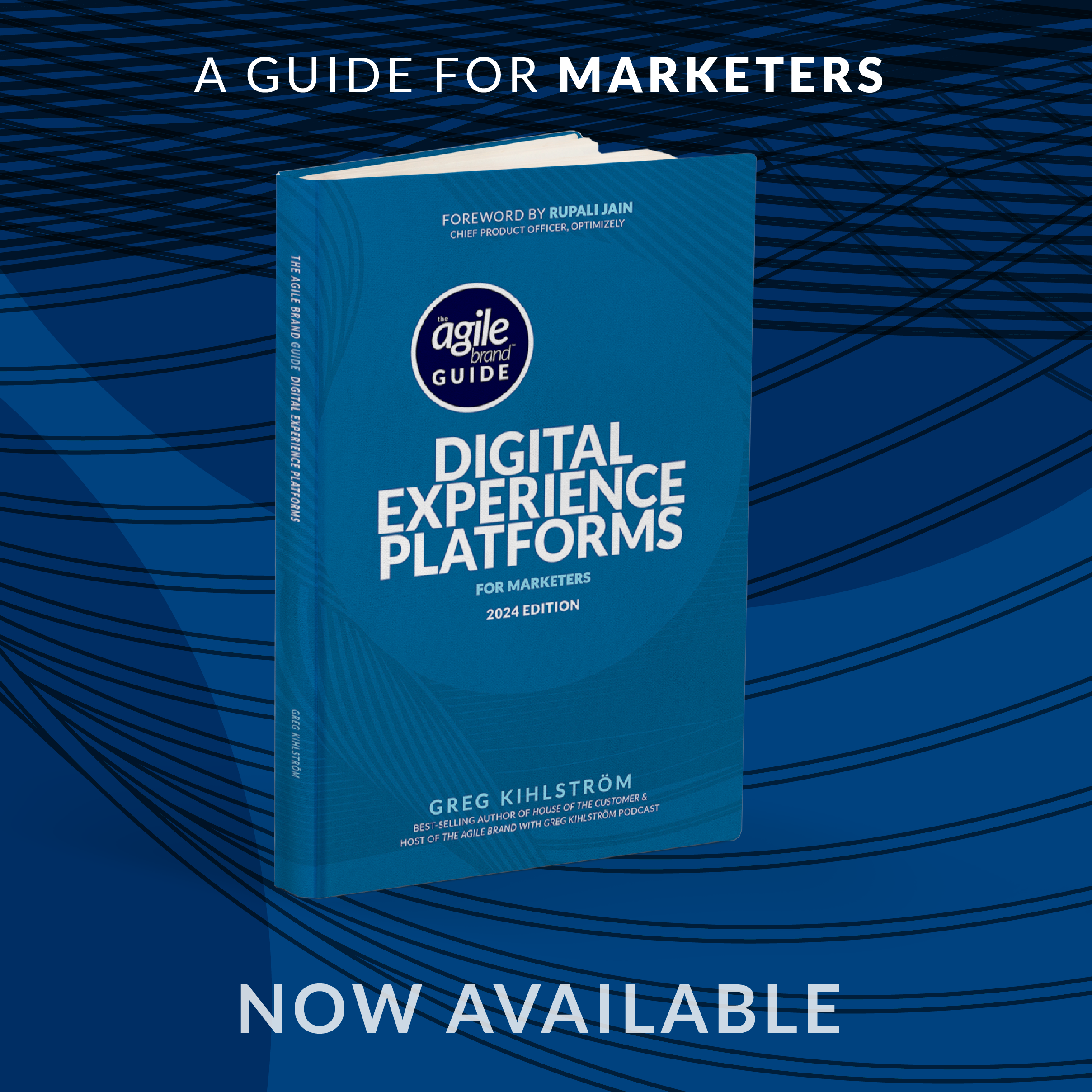This article was based on the interview with Chris Cubba, Chief Revenue Officer at Snipp by Greg Kihlström, AI and MarTech keynote speaker for The Agile Brand with Greg Kihlström podcast. Listen to the original episode here:
The ground beneath our feet is shifting. As consumer behaviors evolve in response to economic pressures, tried-and-true marketing strategies are losing their effectiveness. Brands are scrambling to adapt, seeking new ways to engage customers and drive sales growth in a climate of uncertainty. This isn’t just another cyclical dip; we’re experiencing a fundamental shift in how consumers perceive and prioritize value. This requires a corresponding shift in how brands deliver that value. This article explores the changing landscape of consumer behavior and outlines strategies for brands to thrive in this new reality.
The old playbooks are becoming obsolete. Brand affinity, once a reliable driver of sales, is waning as consumers become more discerning and prioritize price and quality. Traditional loyalty programs that reward only spend or frequency are failing to resonate with a growing segment of deal-seeking shoppers. Simply put, consumers are becoming more opportunistic and intentional with their purchases. They’re looking for brands that reward their engagement and provide tangible value beyond just the product itself.
1. The Changing Face of Loyalty:
“Marketers need to really reframe loyalty, not as a points game, but as a value exchange…It’s time to start thinking about how to reward actions, maybe capture data, use that data, create better offers, start thinking about the full spectrum of consumer engagement and keeping them coming back.”
This quote highlights the need for a more holistic approach to loyalty. It’s no longer enough to simply reward transactions. Brands need to consider the entire customer journey, from discovery and trial to post-purchase engagement. This includes rewarding actions beyond purchases, such as social sharing, reviews, and participation in brand communities. Capturing and leveraging this data allows for personalized offers and experiences that resonate with individual consumers, fostering a deeper sense of connection and long-term loyalty.
2. Behavior-Based Loyalty: An Untapped Opportunity:
“Most programs today…still focus on simple transactions, but brands seeing the most success are really those that are rewarding engagement across, you know, the full journey, right? Discovery, trial, sharing, education.”
Cubba emphasizes the power of behavior-based loyalty, which moves beyond transactional rewards to acknowledge and incentivize a broader range of consumer interactions. This approach recognizes that loyalty is built not just through purchases, but through a series of engagements that deepen the customer relationship. By rewarding actions like product reviews, social sharing, and brand advocacy, brands can create a more engaged and invested customer base.
3. Data as a Currency:
“Because the brand is using receipt data as a proof of purchase mechanism…we’re able to mine, you know, some really incredibly valuable insights about their consumers, what other products they’re buying, where they’re shopping, how frequently they’re shopping…It’s turning a loyalty program into this really rich data asset that’s powered smarter marketing decisions across the board.”
Cubba illustrates this point with the example of Fresh Step’s Paw Points program, where consumers earn points not just for purchasing Fresh Step products, but for any pet-related purchase. This seemingly generous approach provides valuable data on consumer spending habits, allowing Fresh Step to tailor offers and target specific customer segments. The key takeaway here is that data is a valuable currency, and brands can create mutually beneficial exchanges with consumers by offering rewards in exchange for insights.
4. Balancing Short-Term Wins with Long-Term Vision:
“Start with a short-term activation, but design with long-term in mind…Run the promotion, but connect it to the broader journey.”
This advice encapsulates the delicate balance that brands must strike between immediate sales goals and long-term relationship building. Short-term promotions and discounts can effectively drive immediate purchases, but they should be integrated into a broader strategy that captures data and nurtures ongoing engagement. This long-term vision involves personalized follow-up offers, exclusive benefits, and a continuous conversation with the consumer.
The future of marketing belongs to brands that embrace agility and adapt to the evolving needs of their customers. By moving beyond transactional loyalty and focusing on value exchange, data-driven insights, and a holistic customer journey, brands can build stronger relationships and thrive in this new value-first world. Technology, particularly modular and API-first platforms, is the engine that enables this agility, allowing brands to adapt quickly and efficiently to changing market conditions.
This isn’t just about surviving economic uncertainty; it’s about building a more sustainable and resilient business model that prioritizes customer value and fosters genuine engagement. The brands that succeed in this new era will be those that listen closely to their customers, understand their evolving needs, and deliver experiences that resonate with their values. In short, they will be the brands that truly understand the meaning of value exchange.







